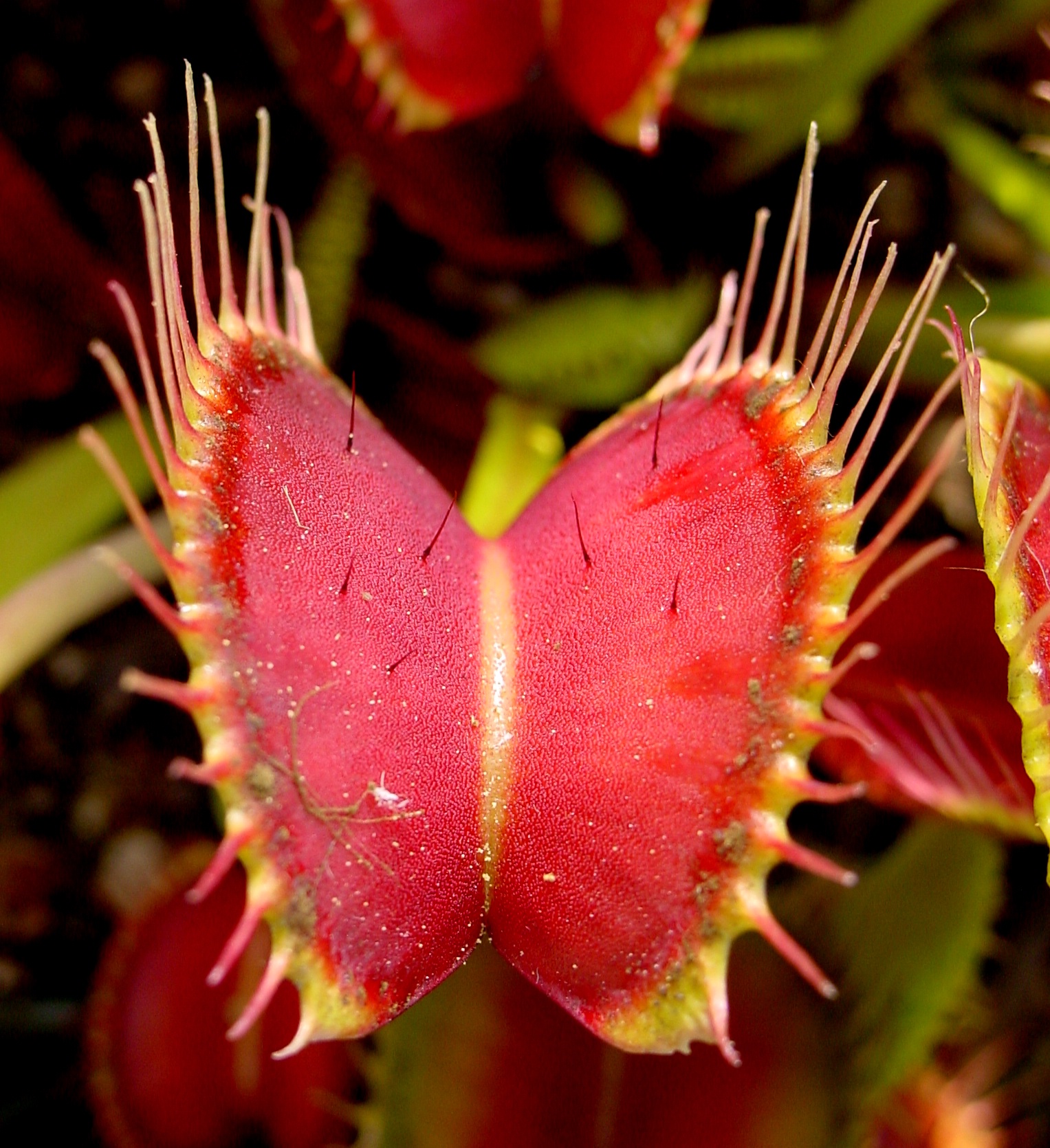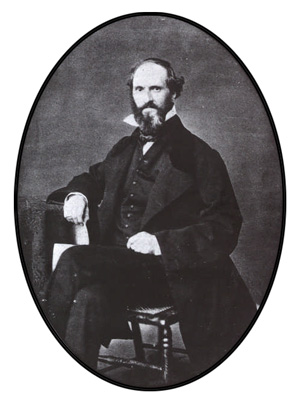|
Utricularia Pubescens
''Utricularia pubescens'' is a small to medium-sized, probably annual, terrestrial or lithophytic carnivorous plant that belongs to the genus '' Utricularia'' and is the only member of ''Utricularia'' sect. ''Lloydia''. ''U. pubescens'' is native to India, tropical Africa, and Central and South America. It was originally published and described by James Edward Smith in 1819 and placed in its own section, ''Lloydia'', by Peter Taylor in 1986. It grows as a terrestrial or lithophytic plant in boggy grasslands in damp peaty soils at altitudes from sea level to . This species possesses small peltate leaves, which are diagnostic for this species in the genus.Taylor, Peter. (1989). '' The genus Utricularia - a taxonomic monograph''. Kew Bulletin Additional Series XIV: London. Synonyms ''Utricularia pubescens'' is an extremely variable species and its distribution covers a large native range, two factors that have led to a considerable amount of synonymy. * Kamieński.html" ; ... [...More Info...] [...Related Items...] OR: [Wikipedia] [Google] [Baidu] |
James Edward Smith (botanist)
__NOTOC__ Sir James Edward Smith (2 December 1759 – 17 March 1828) was an English botanist and founder of the Linnean Society. Early life and education Smith was born in Norwich in 1759, the son of a wealthy wool merchant. He displayed a precocious interest in the natural world. During the early 1780s he enrolled in the medical course at the University of Edinburgh where he studied chemistry under Joseph Black and natural history under John Walker. He then moved to London in 1783 to continue his studies. Smith was a friend of Sir Joseph Banks, who was offered the entire collection of books, manuscripts and specimens of the Swedish natural historian and botanist Carl Linnaeus following the death of his son Carolus Linnaeus the Younger. Banks declined the purchase, but Smith bought the collection for the bargain price of £1,000. The collection arrived in London in 1784, and in 1785 Smith was elected Fellow of the Royal Society. Academic career Between 1786 and 1788 Smit ... [...More Info...] [...Related Items...] OR: [Wikipedia] [Google] [Baidu] |
Hutch
Hutch may refer to: Places * Hutch, Kentucky, an unincorporated community located in Bell County, Kentucky, United States * Hutchinson, Kansas ("Hutch"), a city in Kansas, United States * Hutchinson, Minnesota ("Hutch"), a city in Minnesota, United States * Hutchinson River Parkway ("The Hutch"), in Bronx and Westchester Counties, New York State, United States * The Hutch or Fred Hutch, that is, the Fred Hutchinson Cancer Research Center in Seattle, Washington, United States People * Hutch Dano (born 1992), American actor * Hutch Harris, American singer-songwriter for The Thermals * Michael Hutchence (1960–1997), vocalist for INXS * Ken Hutcherson (born 1952), former National Football League linebacker, pastor of Antioch Bible Church in Kirkland, Washington * James Hutchison (American politician) (born c. 1942), American politician * James Hutchinson (musician) (born 1953), American bassist * Leslie Hutchinson (1900–1969), popular singer of the 1930s known as "Hutch" * Sh ... [...More Info...] [...Related Items...] OR: [Wikipedia] [Google] [Baidu] |
Carnivorous Plants Of Asia
A carnivore , or meat-eater (Latin, ''caro'', genitive ''carnis'', meaning meat or "flesh" and ''vorare'' meaning "to devour"), is an animal or plant whose food and energy requirements derive from animal tissues (mainly muscle, fat and other soft tissues) whether through hunting or scavenging. Nomenclature Mammal order The technical term for mammals in the order Carnivora is ''carnivoran'', and they are so-named because most member species in the group have a carnivorous diet, but the similarity of the name of the order and the name of the diet causes confusion. Many but not all carnivorans are meat eaters; a few, such as the large and small cats (felidae) are ''obligate'' carnivores (see below). Other classes of carnivore are highly variable. The Ursids, for example: While the Arctic polar bear eats meat almost exclusively (more than 90% of its diet is meat), almost all other bear species are omnivorous, and one species, the giant panda, is nearly exclusively herbivorous. ... [...More Info...] [...Related Items...] OR: [Wikipedia] [Google] [Baidu] |
Carnivorous Plants Of Africa
A carnivore , or meat-eater (Latin, ''caro'', genitive ''carnis'', meaning meat or "flesh" and ''vorare'' meaning "to devour"), is an animal or plant whose food and energy requirements derive from animal tissues (mainly muscle, fat and other soft tissues) whether through hunting or scavenging. Nomenclature Mammal order The technical term for mammals in the order Carnivora is ''carnivoran'', and they are so-named because most member species in the group have a carnivorous diet, but the similarity of the name of the order and the name of the diet causes confusion. Many but not all carnivorans are meat eaters; a few, such as the large and small cats (felidae) are ''obligate'' carnivores (see below). Other classes of carnivore are highly variable. The Ursids, for example: While the Arctic polar bear eats meat almost exclusively (more than 90% of its diet is meat), almost all other bear species are omnivorous, and one species, the giant panda, is nearly exclusively herbivorous. ... [...More Info...] [...Related Items...] OR: [Wikipedia] [Google] [Baidu] |
List Of Utricularia Species
There are around 240 species in the genus ''Utricularia'', belonging to the bladderwort family (Lentibulariaceae). It is the largest genus of carnivorous plants and has a worldwide distribution, being absent only from Antarctica and the oceanic islands. This genus was considered to have 250 species until Peter Taylor reduced the number to 214 in his exhaustive study, ''The genus Utricularia - a taxonomic monograph'', published by HMSO (1989). Taylor's classification is generally accepted, though his division of the genus into two subgenera was soon seen as obsolete. Molecular genetic studies have mostly confirmed Taylor's sections with some modifications (Jobson et al., 2003), but reinstalled the division of the genus in three subgenera. This list follows the subgeneric classification ''sensu'' Müller & Borsch (2005), updated with new information in Müller et al. (2006). For a list of known ''Utricularia'' species by common name, see ''Utricularia'' species by common name. ... [...More Info...] [...Related Items...] OR: [Wikipedia] [Google] [Baidu] |
Thomas Gaskell Tutin
Thomas Gaskell Tutin, FRS (21 April 1908 – 7 October 1987) was Professor of Botany at the University of Leicester and co-author of ''Flora of the British Isles'' and ''Flora Europaea''. Earlier life Tutin was born on 21 April 1908 in Kew, Surrey, son of Frank Tutin, a biochemist at the Lister Institute, and his wife, Jane Ardern. He was educated at Cotham Grammar School, Bristol, then won a scholarship to Downing College, Cambridge, where he studied Biological Sciences. In 1929, while still an undergraduate, he went on a botanical expedition to Madeira and the Azores, afterwards publishing two papers on the results of his studies there. After graduating in 1930 he stayed in Cambridge, interrupted by biological expeditions in 1931 to southern Spain and Spanish Morocco, and in 1933 to British Guiana, where the expedition was based on the banks of the Essequibo River. After that trip he moved to Plymouth to work in the laboratory of the Marine Biological Association, researching a ... [...More Info...] [...Related Items...] OR: [Wikipedia] [Google] [Baidu] |
Nils Olof Valdemar Sylvén
Nils is a Scandinavian given name, a chiefly Norwegian, Danish, Swedish and Latvian variant of Niels, cognate to Nicholas. People and animals with the given name * Nils Bergström (born 1985), Swedish ice hockey player * Nils Björk (1898–1989), Swedish Army lieutenant general * Nils Dacke (died 1543), Swedish rebel *Nils-Joel Englund (1907–1995), Swedish cross-country skier * Nils Ericson (1802–1870), Swedish inventor and engineer * Nils Frahm (born 1982), German pianist and producer * Nils Frykdahl, American musician *Nils Gründer (born 1997), German politician *Nils Hald (1897–1963), Norwegian actor * Nils Haßfurther (born 1999), German basketball player *Nils-Göran Holmqvist (born 1943), Swedish politician *Nils Kreicbergs (born 1996), Latvian handball player * Nils Liedholm (1922–2007), Swedish footballer and coach *Nils Lofgren (born 1951), American musician *Nils Lorens Sjöberg (1754-1822), Swedish officer and poet * Nils Mittmann (born 1979), German basketba ... [...More Info...] [...Related Items...] OR: [Wikipedia] [Google] [Baidu] |
Benj
''Philippine Idol'' is the first version of the Idol series in the Philippines, the 35th country in the world to air a local ''Idol'' adaptation and the sixth in Asia broadcast by ABC (now TV5). Similar to the premise of original show ''Pop Idol'', ''Philippine Idol'' aims to find the best singer in the country who can be defined as the "national" singer. Local television personality Ryan Agoncillo hosted the program. Ryan Cayabyab (musical composer), Pilita Corrales (singer, known as Asia's Queen of Songs) and Francis Magalona (rapper and producer) were also judges of the show. Agoncillo, Corrales and Magalona auditioned to be part of the program, while Cayabyab was chosen by the program's producers. Meanwhile, actress Heart Evangelista hosted the daily updates program ''I ♥ Philippine Idol: Exclusive''. Composer Mel Villena was the show's musical director. Mau Marcelo, an aspiring singer from Lucena City, defeated two other contenders on the show's finale to become the fir ... [...More Info...] [...Related Items...] OR: [Wikipedia] [Google] [Baidu] |
Richard Spruce
Richard Spruce (10 September 1817 – 28 December 1893) was an English botanist specializing in bryology. One of the great Victorian botanical explorers, Spruce spent 15 years exploring the Amazon from the Andes to its mouth, and was one of the first Europeans to visit many of the places where he collected specimens. Spruce discovered and named a number of new plant species, and corresponded with some of the leading botanists of the nineteenth century. Early life and Career Richard Spruce was born near Ganthorpe, a small village near Castle Howard in Yorkshire. After training under his father, a local schoolmaster, Spruce began a career as a tutor and then as a mathematics master at St. Peter's School, York between 1839 and 1844. Spruce started his botanical collecting in Yorkshire about 1833. In 1834, at age 16, he drew up a neatly written list of all of the plants he had found on trips around Ganthorpe, focusing on bryophytes. Arranged alphabetically and containing 40 ... [...More Info...] [...Related Items...] OR: [Wikipedia] [Google] [Baidu] |
Otto Stapf (botanist)
Otto Stapf FRS (23 April 1857, in Perneck near Bad Ischl – 3 August 1933, in Innsbruck) was an Austrian born botanist and taxonomist, the son of Joseph Stapf, who worked in the Hallstatt salt-mines. He grew up in Hallstatt and later published about the archaeological plant remains from the Late Bronze- and Iron Age mines that had been uncovered by his father. Stapf studied botany in Vienna under Julius Wiesner, where he received his PhD with a dissertation on cristals and cristalloids in plants. 1882 he became assistant professor (''Assistent'') of Anton Kerner. In 1887 he was made '' Privatdozent'' (lecturer without a chair) in Vienna. He published the results of an expedition Jakob Eduard Polak, the personal physician of Nasr al-Din, the Shah of Persia, had conducted in 1882, and plants collected by Felix von Luschan in Lycia and Mesopotamia Mesopotamia ''Mesopotamíā''; ar, بِلَاد ٱلرَّافِدَيْن or ; syc, ܐܪܡ ܢܗܪ̈ܝܢ, or , ) is a ... [...More Info...] [...Related Items...] OR: [Wikipedia] [Google] [Baidu] |


_2.jpg)
